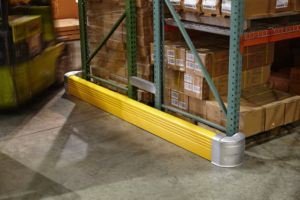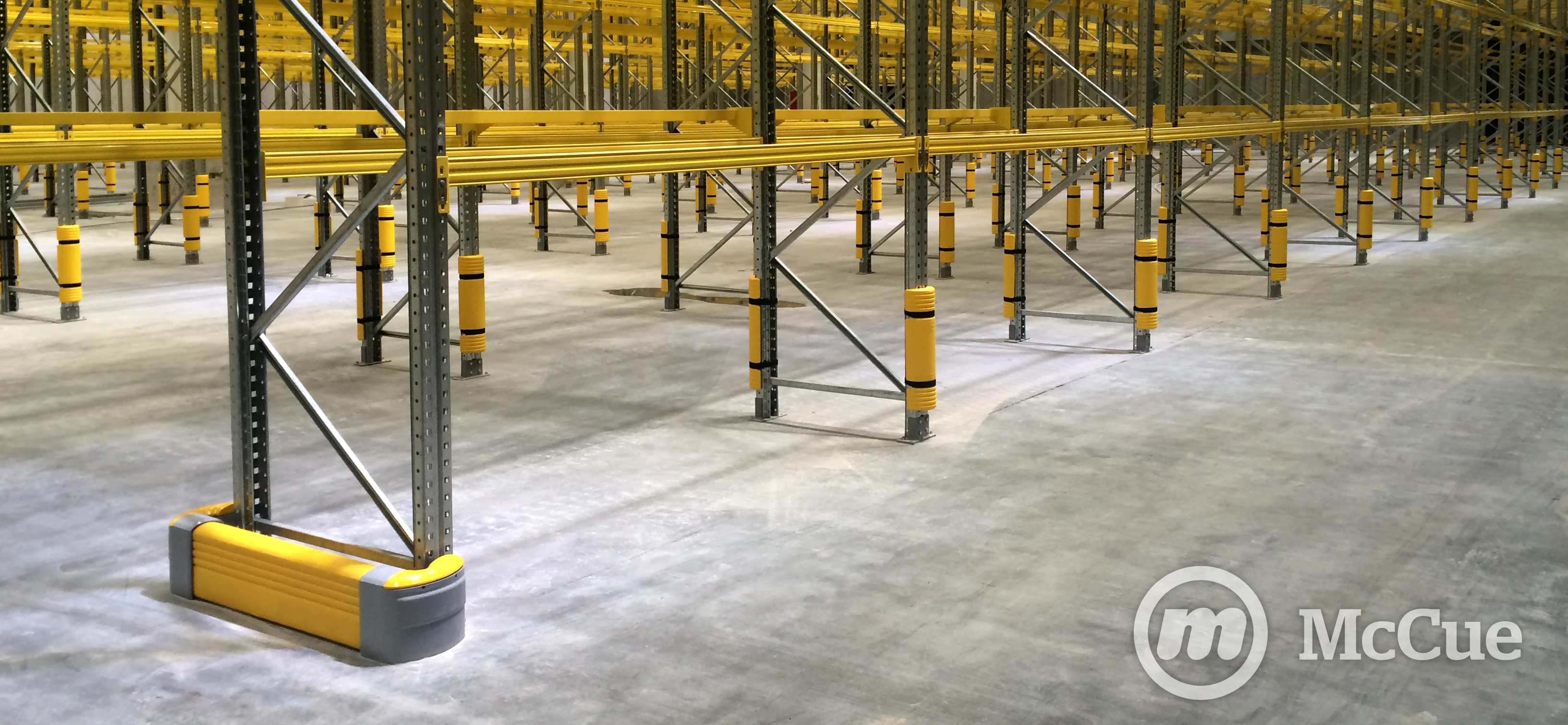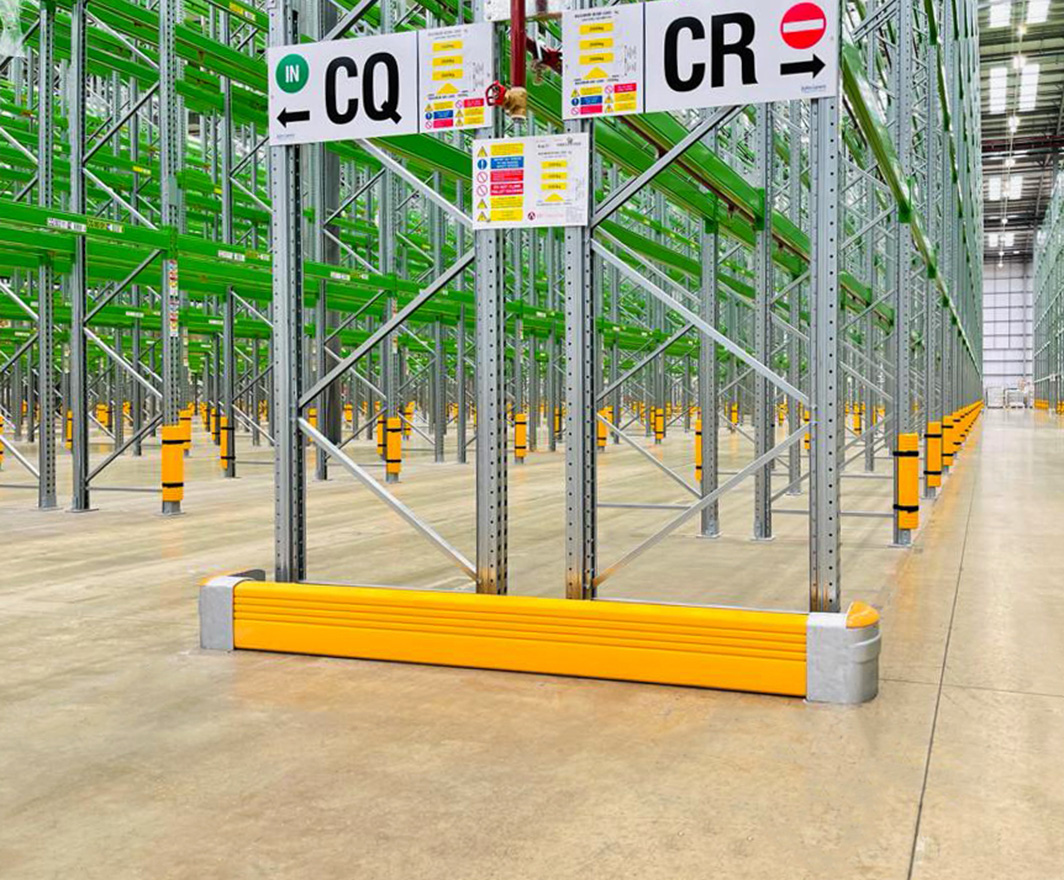Pallets are used to transport any number of different things, so it only makes sense that the racks on which they are stored feature a similar variety.
There are several different types of pallet racking and selecting the right one for your facility can be integral in maximizing space, safety and workflow efficiency. Below are some common types of pallet racking and the reasons for utilizing each type.
Pallet Racking Types
Selective Racking
Selective racking is the most commonly used pallet system in warehouses and retail stores. Selective racking is configured much like a giant shelving unit with vertical beams that support a series of horizontal beams that create individual shelves for each pallet.
This type of pallet racking is often used in packing and distribution centers as pallets can be quickly and easily accessed from the aisle. It’s important to bear in mind though that because some floor space must be set aside for aisles, selective racking does not offer the highest storage density.
Drive-In/Drive-Through
These types of pallet racking systems are much like selective racking but instead of accessing the pallets from the aisle, you have the ability to drive a forklift directly into the center of the bay, or essentially a lane of stacks. Drive-in racking has just one way in and out of the bay while drive-through racking has access points at both ends.
Drive-in and drive-through racking allows for high storage density and is often used in facilities storing a high quantity of the same product.
Flow Rack and Push Back
A flow rack uses a gravity conveyor to position a pallet in an exit position that is easy to access and load. When that pallet is loaded, the next pallet moves forward into the ready position and so on. Flow racks are rear loaded, meaning the first pallet stored will be the first one removed. Push back systems are front loaded so the first pallet stored would be the last one removed.
Like the drive-in/drive-through racking system, these types of racks are ideal for storing one product in mass quantities. However, flow racks and push backs are among the most expensive types of pallet racking systems.
Selecting A Pallet Rack
When selecting a type of pallet rack, it’s important to consider the following:
- Floor space
- Height of ceilings
- Variety of different products stored
- Frequency of accessibility
- Lift height of forklifts
- Shelf life of products (do you need a FIFO or LIFO system?)
No matter the type of pallet racking you choose, it’s important to protect it from wear and tear and to make its presence in your warehouse a safe one. At McCue, we provide the solutions needed to do just that.
Our lineup of warehouse racking products is designed to protect your pallet racking infrastructure and make your warehouse a safer place for employees and equipment alike.
Contact us for a quote today.

———-
Sources:
Business News Daily: http://www.businessnewsdaily.com/5514-fifo-lifo-differences.html



